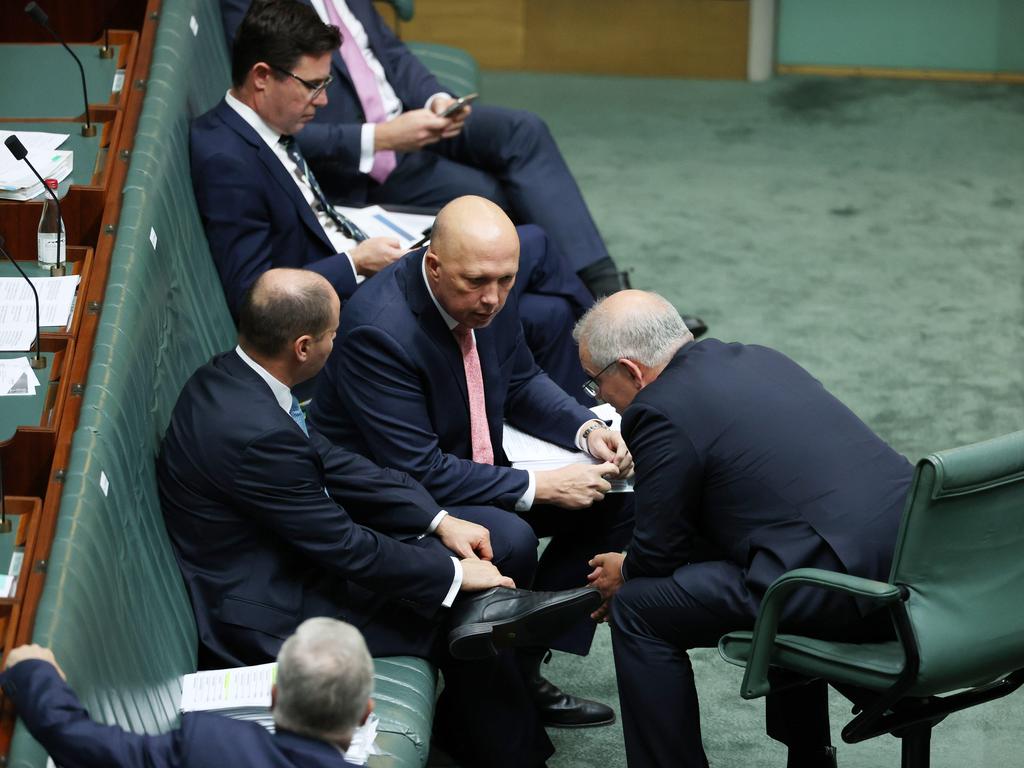Let’s shoot for champagne, not a beer budget


We started with a very strong budget position and our banks and companies had strong balance sheets. All this meant we could throw everything we had at the pandemic.
Now we must consolidate our head start in the global recovery and begin making the changes to the economy we need to position our society — not for the next four but next 40 years.
Our goal must be to create an advanced and outward looking economy where we continue to innovate and export; where we decarbonise and create new industries and higher paying jobs.
That’s the lens through which we’ll judge the budget which needs to build on the success of last year which ensured we avoided the worst case scenarios predicted a year ago.
We are looking to see how the budget fares against five key metrics: a growth plan, a strategy for success in the medium term, creating jobs, addressing social funding priorities and delivering a credible fiscal plan.
First, to growth. Our economy needs to shoot for high growth to regain lost ground and compete against countries that will bounce back faster and stronger, none more so than those in our region. But the signs are good.
Next, we’ll be looking at whether the budget has made inroads into the structural issues holding back Australia’s productivity, competitiveness and wages growth.
This starts with reviving business investment as a share of the economy, right now at 28 year lows. There can be no private sector led recovery while investment levels remain stuck in the cellar.
Australia needs to be a magnet for big capital. Investment in transformational projects is vital to capturing new export markets, driving innovation and accelerating growth. It’s why we embraced the government’s new digital strategy. The package brings government services more fully into the digital world, reinforcing digital uptake through the community. It provides incentives for all businesses to make the most of digital platforms and provides a modest but important step in making the tax system more friendly towards businesses who want to upgrade their technology.
On Tuesday night, we’ll also gauge whether we’ve started to build on the work already undertaken by the federal and state governments to get behind innovation.
Thirdly, the budget needs to focus on getting as many people back into work as possible and address skills and female participation.
Skilling up Australians is how we help people back into the workforce, allow them to advance into better jobs and create high-paying jobs. Last week’s child care changes were a significant step to address some of the barriers for women who want to get back to work. This doesn’t just help make a fairer society, it’s also an economic imperative.
Which brings us to our fourth metric, adequately addressing social funding priorities.
The social dividend of a budget gives back to the community, and the priority must always be our most vulnerable and disadvantaged.
The budget’s challenge in the big ticket spending areas of aged care, mental health and disability services lies in getting the long term funding models right, addressing workforce shortages, and raising and sustaining quality of care.
And finally, we’ll be looking to see if the budget has set out a credible fiscal plan.
Debt is set to rise and we could end up with a trillion dollar mortgage on the Australian economy. What we need is a plan to pay it off.
We are currently in an enviable position because we had a balanced budget heading into the pandemic. It put a floor under the economy, giving the government the economic firepower to protect lives and livelihoods.
The biggest challenge now is finding the balance between growth and fiscal discipline.
It can be done.
It’s about making sure every dollar is an investment in creating jobs, equipping people with better skills, improving services and delivering a more modern, advanced economy. This is especially important given the evidence of the role that growth plays in getting the deficit under control.
We are on the cusp of a golden era of prosperity but we need to think about the medium term, not just getting back to a pre-COVID situation.
If we don’t, we’ll squander our global head start and miss out on the opportunities within our grasp to build a stronger, fairer and more dynamic Australia.
Jennifer Westacott is the chief executive of the Business Council of Australia.





Budgets are more than numbers, they’re about people. At their best, budgets outline a vision to improve our lives and deliver a practical, achievable road map to get us there.